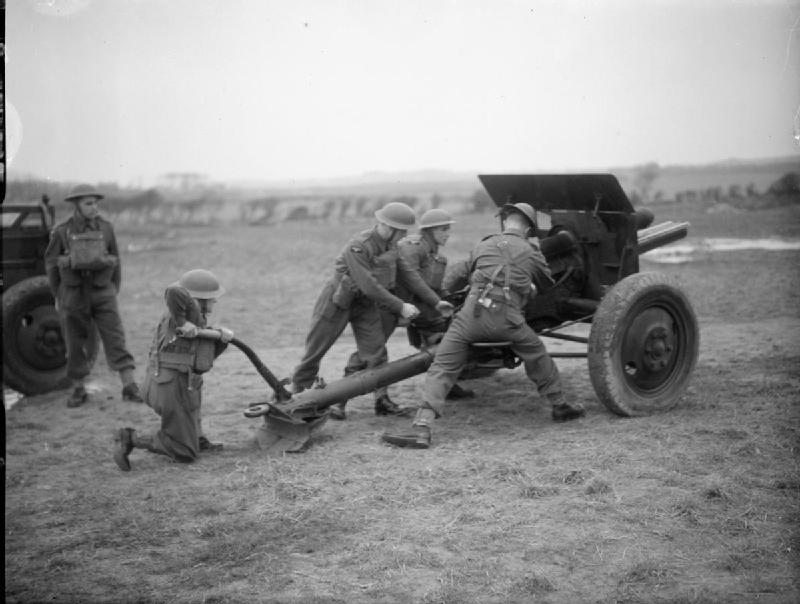|
Fort Ballance
Fort Ballance is a former coastal artillery battery on Point Gordon on Wellington's Miramar Peninsula. Built in 1885 following fears of an impending war with Russia, Fort Ballance is one of the best preserved of a string of nineteenth century coastal fortifications constructed to protect New Zealand from naval attack. In 1885, the Government, reluctantly acknowledging that they could not rely solely on Britain for protection, commissioned engineer Major Henry Cautley to design a series of fortifications to protect the country's main ports. The Fortress is listed as a Category I Historic Place. Fort Ballance was the premier fort in the Wellington area for 26 years (1885-1911). Used by the military over a period of 60 years (1885-1945), the 1880s layout of Fort Ballance is largely unaltered and a good impression of the original nineteenth century fort remains. The fort is a permanent reminder of the technology used in the coastal defence network of the 1880s and it is an early exampl ... [...More Info...] [...Related Items...] OR: [Wikipedia] [Google] [Baidu] |
Wellington
Wellington ( mi, Te Whanganui-a-Tara or ) is the capital city of New Zealand. It is located at the south-western tip of the North Island, between Cook Strait and the Remutaka Range. Wellington is the second-largest city in New Zealand by metro area, and is the administrative centre of the Wellington Region. It is the world's southernmost capital of a sovereign state. Wellington features a temperate maritime climate, and is the world's windiest city by average wind speed. Legends recount that Kupe discovered and explored the region in about the 10th century, with initial settlement by Māori iwi such as Rangitāne and Muaūpoko. The disruptions of the Musket Wars led to them being overwhelmed by northern iwi such as Te Āti Awa by the early 19th century. Wellington's current form was originally designed by Captain William Mein Smith, the first Surveyor General for Edward Wakefield's New Zealand Company, in 1840. The Wellington urban area, which only includes urbanised ar ... [...More Info...] [...Related Items...] OR: [Wikipedia] [Google] [Baidu] |
75 Mm Gun M1917
The 75 mm gun model of 1917 was an interim measure, based on the British QF 18-pounder, produced by the United States in World War I after it had decided to switch from to 75 mm calibre for its field guns. History The US decided early in World War I to switch from to 75 mm calibre for its field guns. Its preferred gun for re-equipment was the French 75 mm Model of 1897, but early attempts to produce it in the US using US commercial mass-production techniques failed, partly due to delays in obtaining necessary French plans, and then their being incomplete or inaccurate, and partly because US industry was not equipped to work to metric measurements. By 1917 US firms had produced 851 QF 18-pounders for export to Britain. Hence production of a 75 mm version offered a simple interim solution, being basically a copy of the British QF 18-pounder rechambered for French 75 mm ammunition, utilizing existing production capacity. It remains very similar to the 18-pound ... [...More Info...] [...Related Items...] OR: [Wikipedia] [Google] [Baidu] |
Military Installations Closed In 1911
A military, also known collectively as armed forces, is a heavily armed, highly organized force primarily intended for warfare. It is typically authorized and maintained by a sovereign state, with its members identifiable by their distinct military uniform. It may consist of one or more military branches such as an army, navy, air force, space force, marines, or coast guard. The main task of the military is usually defined as defence of the state and its interests against external armed threats. In broad usage, the terms ''armed forces'' and ''military'' are often treated as synonymous, although in technical usage a distinction is sometimes made in which a country's armed forces may include both its military and other paramilitary forces. There are various forms of irregular military forces, not belonging to a recognized state; though they share many attributes with regular military forces, they are less often referred to as simply ''military''. A nation's military may f ... [...More Info...] [...Related Items...] OR: [Wikipedia] [Google] [Baidu] |

